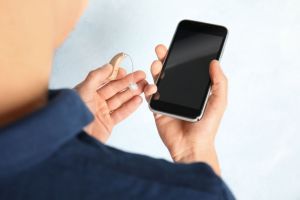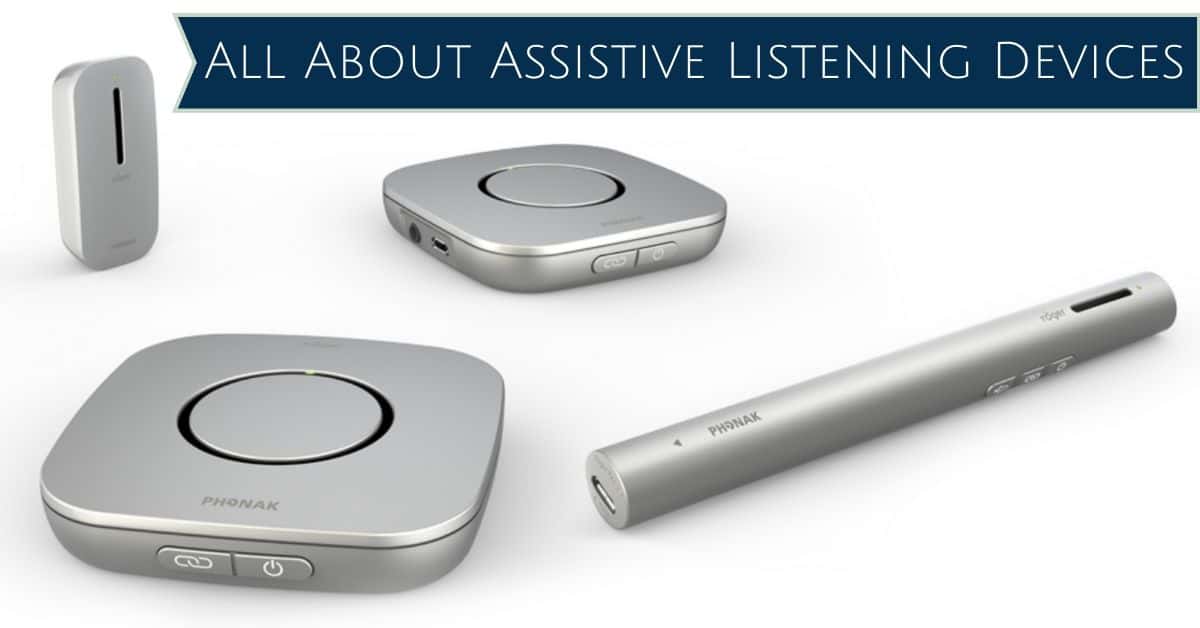

Assistive devices are a vital link in compliance with the American Disability Act (ADA) and in achieving adequate “accessibility to communications.” Who might benefit from assistive listening devices?Īssistive devices can help those with varying hearing loss levels understand better in specific situations.įor people with a very slight hearing impairment who do not need a hearing aid yet, assistive devices may meet a particular listening need, such as better telephone conversations or making it easier to enjoy watching TV.įor people with more significant hearing loss, assistive devices can supplement hearing aids by providing more direct hearing help in specific environments and alerting them to sounds and situations that may not be heard under adverse conditions or when the hearing aids are removed.įor individuals with a significant or complete hearing loss, assistive devices can provide a visual or vibrotactile platform for greater accessibility to telecommunications, television enjoyment, or environmental sound detection and identification.īusinesses and employers are using assistive devices to provide increased accessibility and “reasonable accommodation” for employers or hearing loss employees. ALDs are intended to separate competing sounds and increase only the speaker’s volume. Unfortunately, that adds to the background noise.

Users of hearing aids have no choice but to turn up the volume when they experience issues in these situations. Background noise causes distractions, which makes it difficult for you to focus on speech. Sound waves appear to bounce off hard surfaces, causing distortion and vibration. Large, open spaces and rooms with limited furnishings make poor environments for listening. Sound fades the further we move from the source, making conversations harder to understand. In several listening situations, ALDs can compensate for poor performance, such as: Hearing aids are useful for improving speech but less successful in distinguishing background noise from the spoken word. Why use them when you already have a hearing aid? Induction loop system:This consists of a microphone to pick up verbal communication, an amplifier to process the signal, and a loop cable, a wire placed around the perimeter of a specific area to act as an antenna radiating the magnetic signal to the hearing aid.However, it is ideal for watching TV, as there is usually no barrier between the device and the TV. This system is useful but is interrupted by walls and objects.

Infrared systems : Sound is transported via light waves by an infrared signal.The person speaking wears a microphone when speaking in conversation, and the listener wears a receiving device to hear the person speaking. FM radio system: An FM system could be the best choice for hearing a speech from further away, such as at a conference or political rally.Personal amplifiers are priced reasonably and are readily available. These are used for intimate conversations when noise is a problem. It helps the user receive sound directly from the source and sends it straight to the ear. Personal amplifier: This small box contains a microphone and a cord that runs to the ear.They also help the person to hear and understand essential sounds by transmitting the sound signal directly to the individual’s ears while also reducing the discomfort associated with being exposed to unnecessary background noises.

They directly transmit sound to a person wearing a sound receiver (hearing aid, headphone, neck loop, etc.).ĪLDs minimize background noise-related problems in one-on-one communication and group communication. Assistive listening devices (ALDs) are any device, except hearing aids, that help a deaf or hard of hearing person communicate more effectively by directly amplifying sound.


 0 kommentar(er)
0 kommentar(er)
